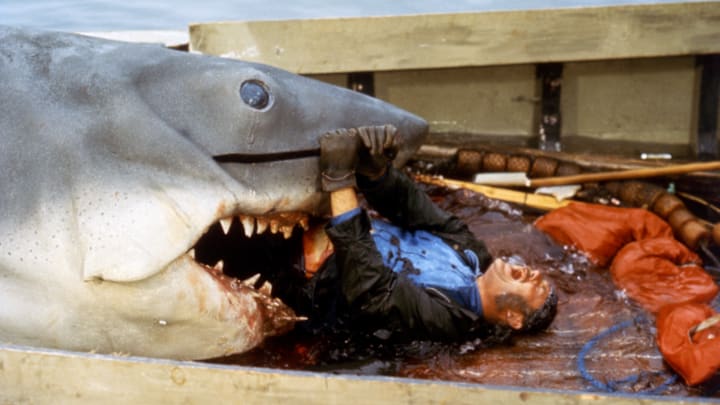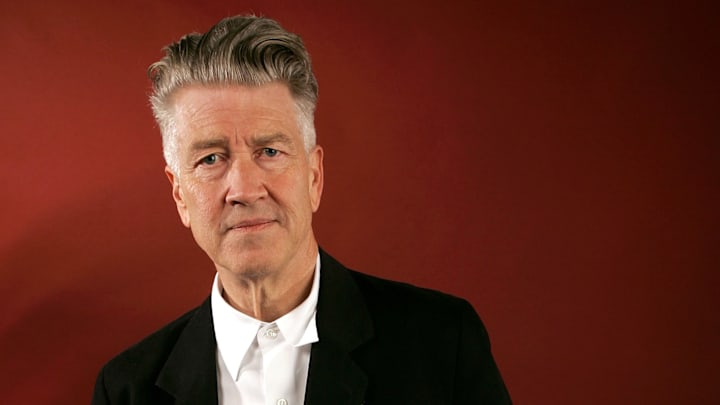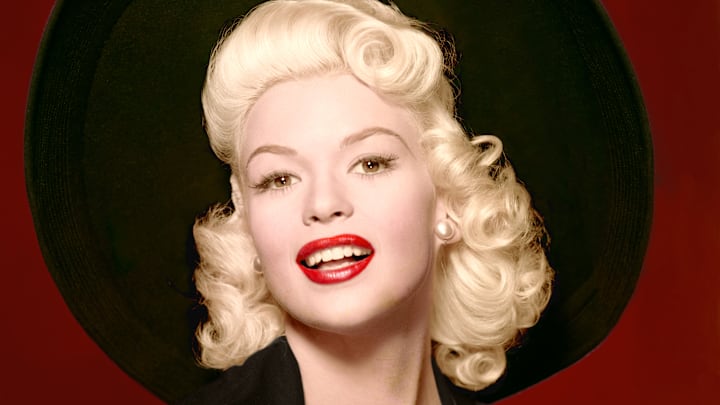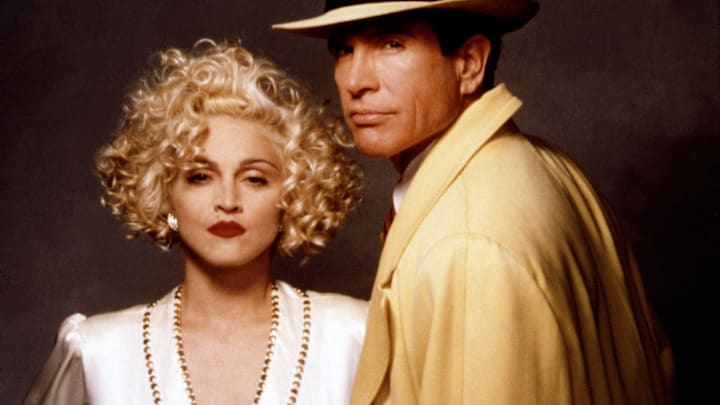How 5 Influential People Responded to False Reports of Their Death
Being pronounced dead when you’re still alive is one of the most unsettling things that can happen to a person. But for these five people, learning they had been falsely declared dead turned out to be a significant moment in their (very much ongoing) lives. Beyond trying to set the record straight, they responded in unexpected ways, from showing off their good sense humor to rewriting their legacy. Not everyone gets to react to news of their own death, but these influential figures did—and they made it count.
The Swedish chemist inventor, engineer, and businessman Alfred Nobel was well known for inventing dynamite in 1867. He woke up one morning in April 1888 to read himself being eulogized in a French newspaper. “The Merchant of Death is Dead,” it read. The obituary went on to condemn Nobel for amassing wealth through the creation of destructive weapons. It turned out he had been mistaken for his recently deceased brother, Ludvig.
Reading his obituary led to a shock and realization that his legacy might be one of destruction. But rather than being remembered as a man who profited from war, Nobel resolved to rewrite his legacy. When he died eight years later in 1896, his will allocated the majority of his wealth to establish the Nobel Prizes, awards administered to promote and reward achievements in science, literature, and peace all over the world.
Few false death stories are as iconic as that of American author and humorist Mark Twain. In 1897, there were rumors that Twain had died in both London and New York. This most likely resulted from a misunderstanding involving James Ross Clemens, Twain’s cousin, who lived in London and was ill around that time. Twain felt an urgent call to counter the growing misinformation. “The report of my death was an exaggeration,” was his famous (and often misquoted) retort.
Twain’s career continued to grow through his published writings and public appearances. These helped to solidify his status as an authority in American literature and preserve his works to be read and esteemed long after his actual death in 1910.
In 1975, a relative of Lal Bihari bought off local authorities to have him legally declared dead in a ploy to obtain family land. On finding out he had been pronounced dead, the Indian farmer from Uttar Pradesh fought for almost 20 years to prove he was alive. His fight revealed serious weaknesses in India’s bureaucratic systems.
Bihari later founded the Association of Dead People (Mritak Sangh) to support those who had also been wrongfully pronounced dead. His advocacy brought national and international attention to corruption in rural India. His activism was recognized in 2003 when he received the Ig Nobel Prize, a parody of the Nobel Prize, for bringing attention to the problem of “dead” people who are still alive.
Beyond his roles in the movie The Godfather(1972) and the sitcom Barney Miller, actor Abe Vigoda was perhaps best known for being the subject of several death rumors over decades. The first mistake happened in 1982, when People magazine referred to him as deceased. Vigoda made a comical response to the rumor with a photo of himself sitting in a coffin, holding the magazine.
His good-natured reactions to the repeated rumors boosted his public image, with fans joking that the actor was immortal. When he finally passed away in 2016 at 94 years old, many were hesitant to believe it, suspecting it was yet another rumor.
Louis Zamperini was declared dead in the U.S. after his plane crashed in the Pacific Ocean in 1943. The Olympian and World War II bombardier survived, however, and drifted approximately 2000 miles at sea. On his 47th day adrift, he was captured by the Japanese Navy and held as a prisoner of war. He returned back to the U.S. after two years and struggled to process the news that he’d been declared dead.
He became a motivational speaker and, later, an evangelist. He shared his story of resilience and promoted forgiveness as a way of healing. Decades later, his life and story were celebrated in the bestselling biography Unbroken by Laura Hillenbrand and in the 2014 film adaptation directed by Angelina Jolie. He passed away months before the film was released at age 97.
You may also like...
1986 Cameroonian Disaster : The Deadly Cloud that Killed Thousands Overnight

Like a thief in the night, a silent cloud rose from Lake Nyos in Cameroon, and stole nearly two thousand souls without a...
Beyond Fast Fashion: How Africa’s Designers Are Weaving a Sustainable and Culturally Rich Future for
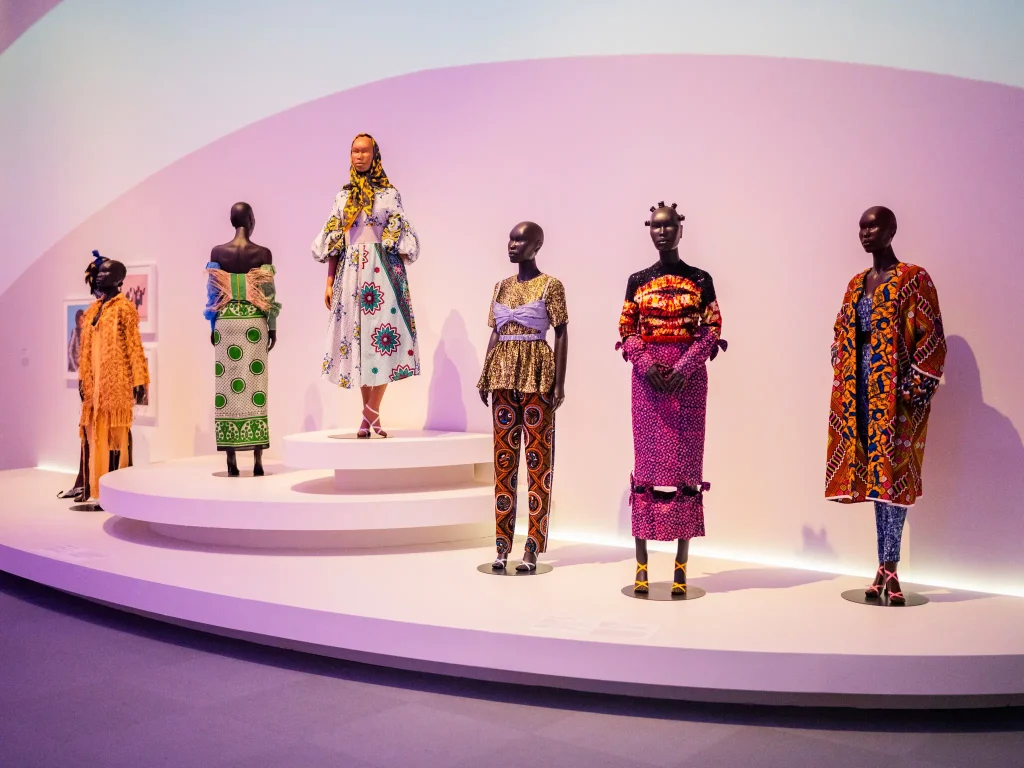
Forget fast fashion. Discover how African designers are leading a global revolution, using traditional textiles & innov...
The Secret Congolese Mine That Shaped The Atomic Bomb
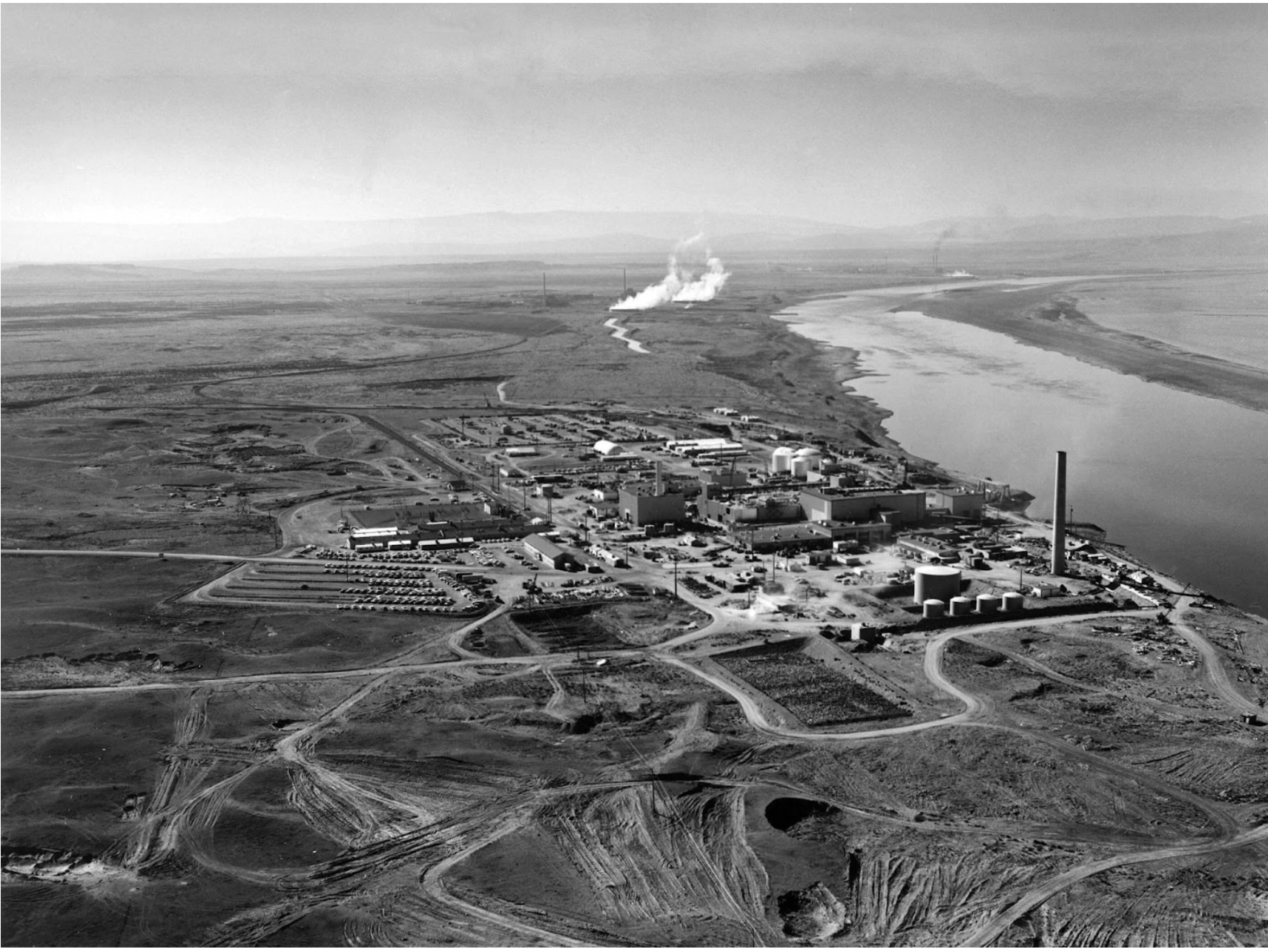
The Secret Congolese Mine That Shaped The Atomic Bomb.
TOURISM IS EXPLORING, NOT CELEBRATING, LOCAL CULTURE.

Tourism sells cultural connection, but too often delivers erasure, exploitation, and staged authenticity. From safari pa...
Crypto or Nothing: How African Youth Are Betting on Digital Coins to Escape Broken Systems

Amid inflation and broken systems, African youth are turning to crypto as survival, protest, and empowerment. Is it the ...
We Want Privacy, Yet We Overshare: The Social Media Dilemma

We claim to value privacy, yet we constantly overshare on social media for likes and validation. Learn about the contrad...
Is It Still Village People or Just Poor Planning?

In many African societies, failure is often blamed on “village people” and spiritual forces — but could poor planning, w...
The Digital Financial Panopticon: How Fintech's Convenience Is Hiding a Data Privacy Reckoning

Fintech promised convenience. But are we trading our financial privacy for it? Uncover how algorithms are watching and p...
